Archives
- 2025-10
- 2025-09
- 2025-04
- 2025-03
- 2025-02
- 2025-01
- 2024-12
- 2024-11
- 2024-10
- 2024-09
- 2024-08
- 2024-07
- 2024-06
- 2024-05
- 2024-04
- 2024-03
- 2024-02
- 2024-01
- 2023-12
- 2023-11
- 2023-10
- 2023-09
- 2023-08
- 2023-07
- 2023-06
- 2023-05
- 2023-04
- 2023-03
- 2023-02
- 2023-01
- 2022-12
- 2022-11
- 2022-10
- 2022-09
- 2022-08
- 2022-07
- 2022-06
- 2022-05
- 2022-04
- 2022-03
- 2022-02
- 2022-01
- 2021-12
- 2021-11
- 2021-10
- 2021-09
- 2021-08
- 2021-07
- 2021-06
- 2021-05
- 2021-04
- 2021-03
- 2021-02
- 2021-01
- 2020-12
- 2020-11
- 2020-10
- 2020-09
- 2020-08
- 2020-07
- 2020-06
- 2020-05
- 2020-04
- 2020-03
- 2020-02
- 2020-01
- 2019-12
- 2019-11
- 2019-10
- 2019-09
- 2019-08
- 2019-07
- 2019-06
- 2019-05
- 2019-04
- 2018-07
-
br Results br Discussion Control of
2024-02-26
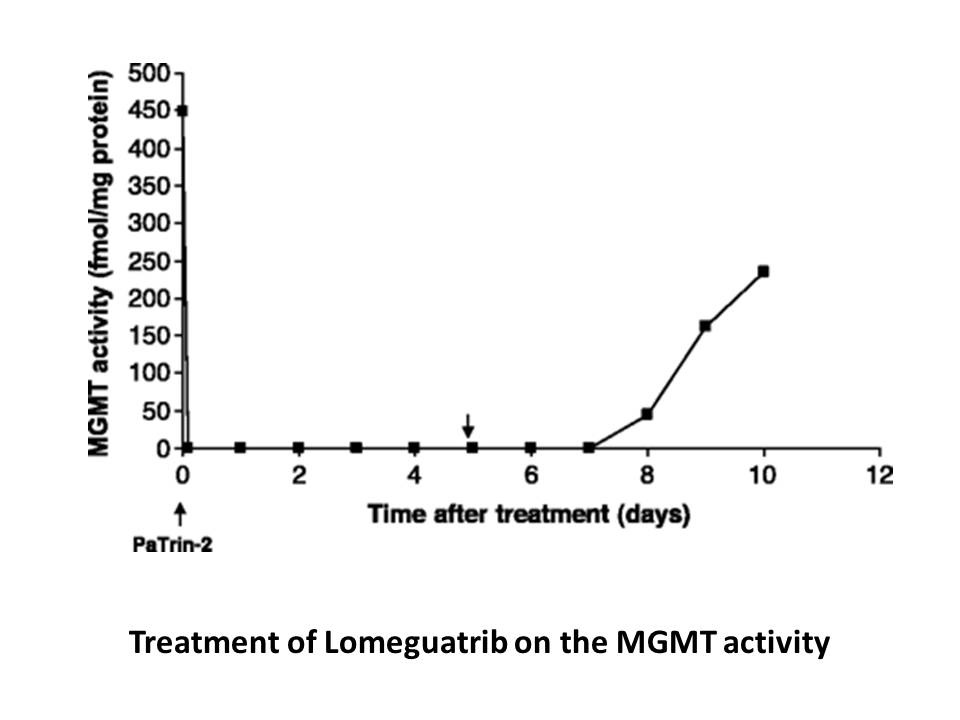
Results Discussion Control of chronic inflammation is important in several inflammatory conditions like asthma, rheumatoid arthritis and fibrosis in lung diseases. The regulatory pathways that control chronic inflammation are complex and multi-factorial. Over expression of inflammatory mediato
-
Various antiangiogenic drugs have been analyzed over
2024-02-23
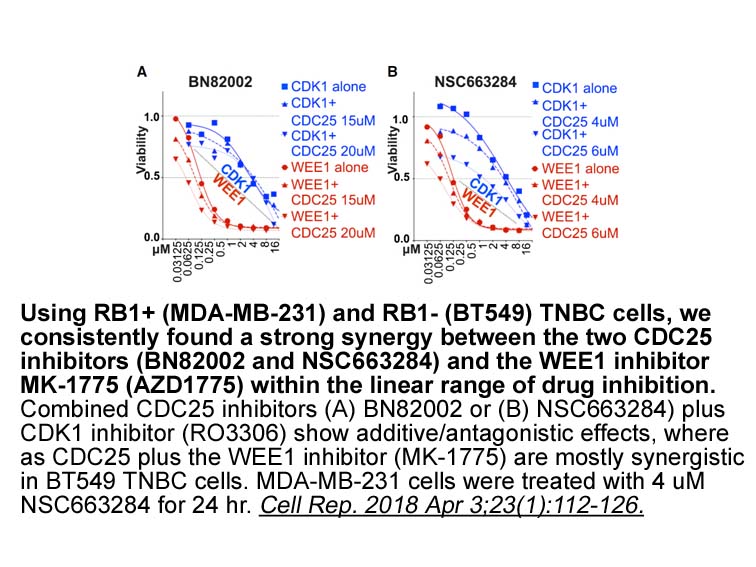
Various antiangiogenic drugs have been analyzed over the last few years; noteworthy, bevacizumab, a monoclonal antibody against VEGF-A, alone or in combination with cytotoxic agents showed interesting results in terms of radiographic response rates and progression-free survival in initial phase 2 st
-
The first and the best characterized mechanism of
2024-02-23
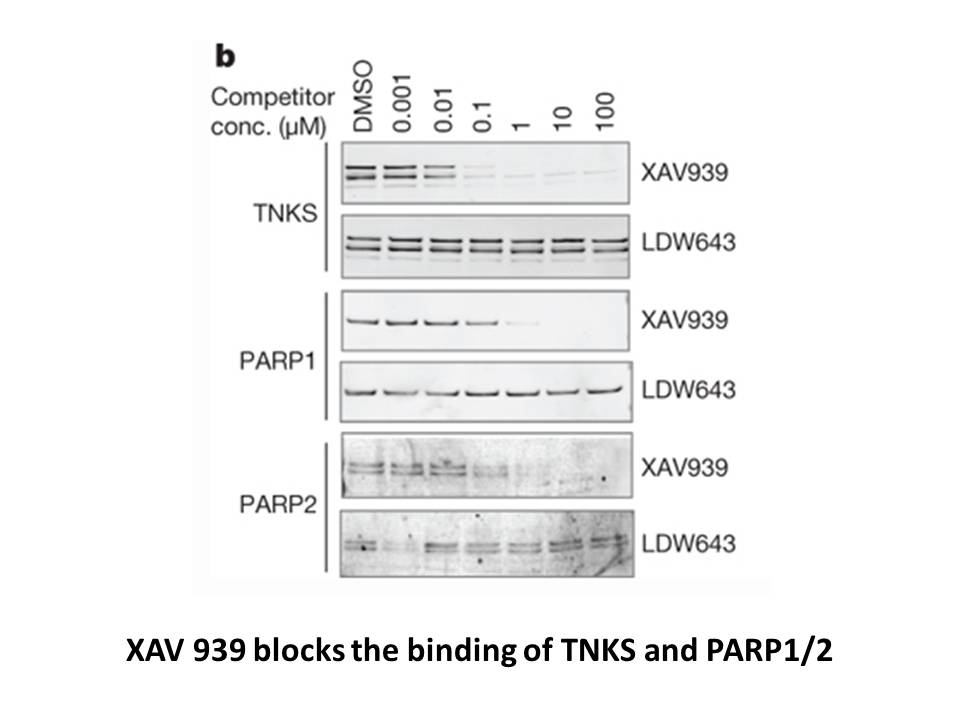
The first and the best-characterized mechanism of receptor-dependent internalization of Aβ is mediated via the α7-nicotinic Irsogladine receptor [82]. Lipoprotein receptor protein represents the second best-studied route that facilitates the uptake of Aβ by neurons, involving additional molecules s
-
Volatile esters are important to wine quality and to fresh
2024-02-23
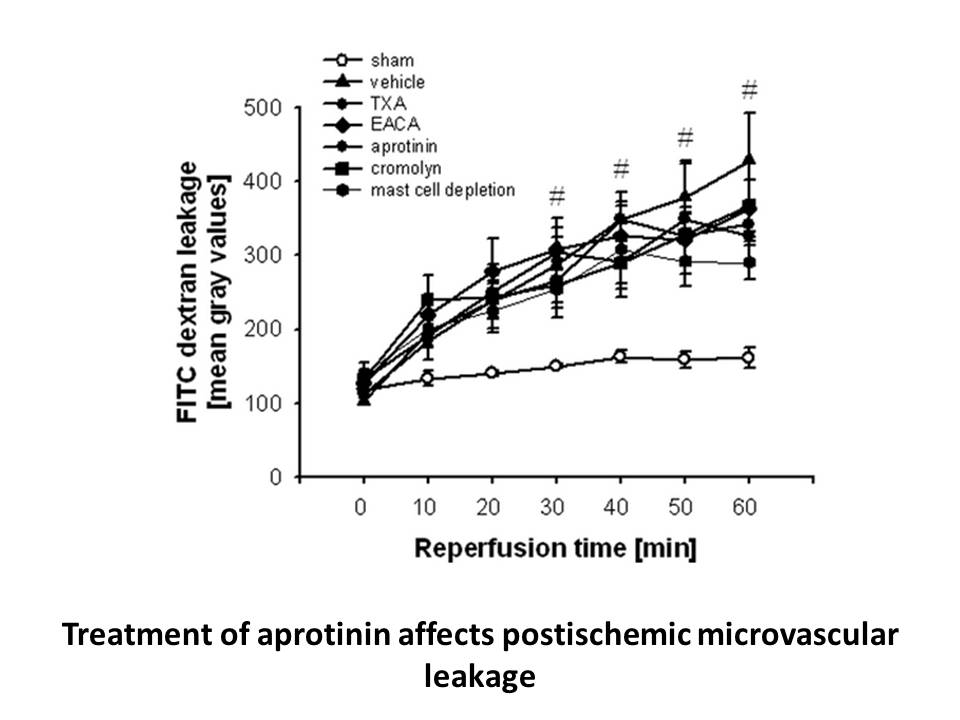
Volatile esters are important to wine quality and to fresh berry grape flavor, especially in fox grapes (V. labrusca) [16]. Volatile esters such as Z-3-hexyl acetate can be found in V. vinifera ‘Cabernet Sauvignon’ berries albeit at low levels and their accumulation diminishes to below detection lev
-
br Introduction There are greater than five
2024-02-23
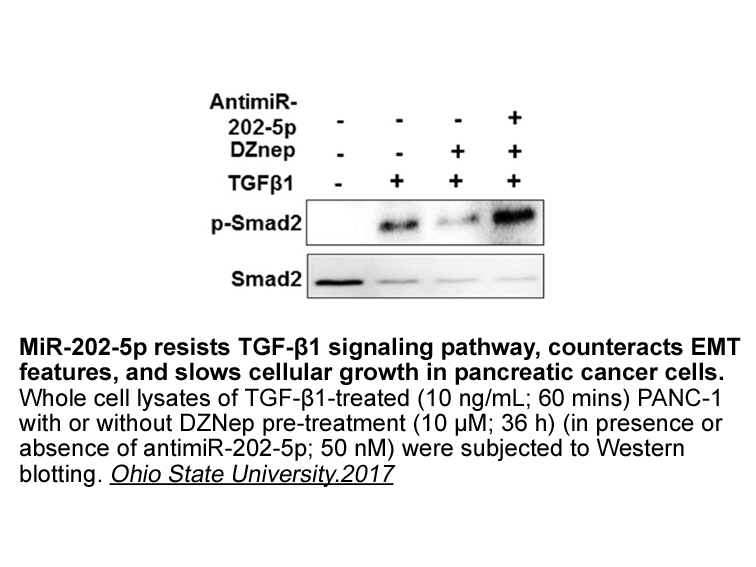
Introduction There are greater than five million Americans living with Alzheimer's dementia and more than 35 million people worldwide [1], and without a way to stop or slow the progression, there will be nearly a tripling of individuals affected by 2050 (13.8 million) [1]. The urgency to develop
-
Di ethylhexyl phthalate DEHP is
2024-02-23
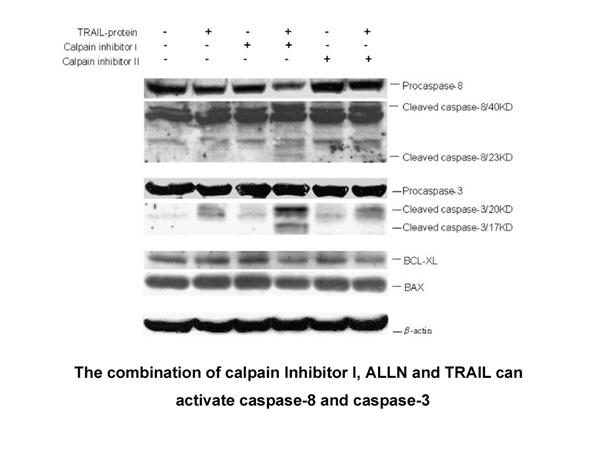
Di-(2-ethylhexyl) phthalate (DEHP) is one of the most widely used environmental chemicals in the production of polyvinyl chloride. After 69 7 into human body, DEHP can be converted to the metabolite mono-ethylhexyl phthalate (MEHP), which has higher toxicity than DEHP and can influence reproductive
-
This study revealed that EAAT expression was increased
2024-02-23
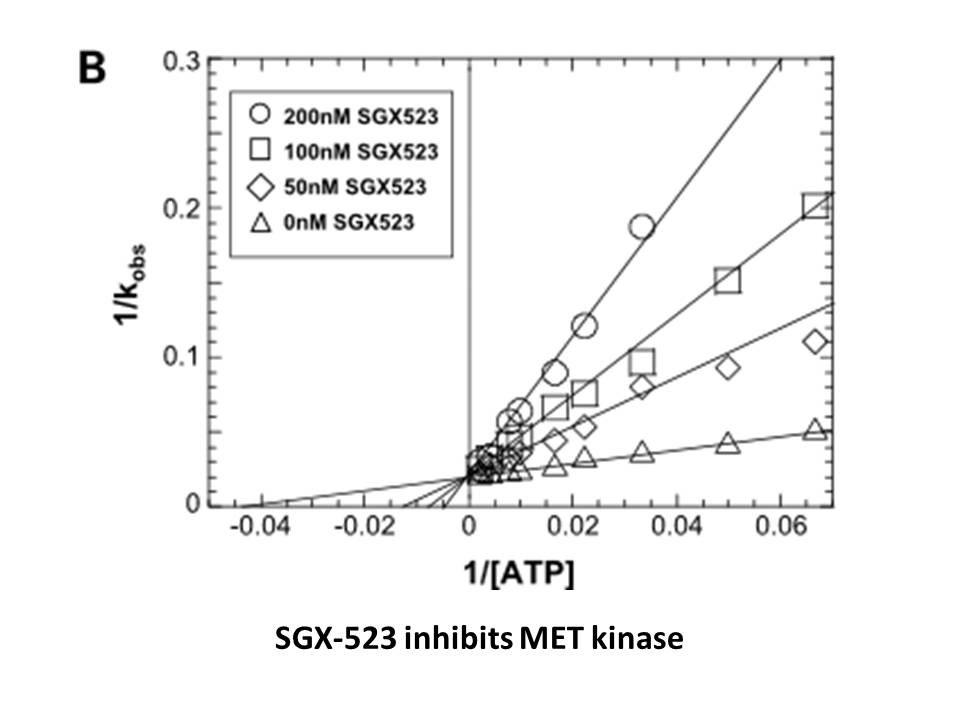
This study revealed that EAAT2 Anidulafungin was increased 4–8 weeks after cauterization as our previous work (Park et al., 2009). RGC death could not be blocked despite activation of EAAT2, which is one of glutamate transporters in cone photoreceptors and some bipolar cells, in chronic ocular hype
-
br Materials and methods br
2024-02-23
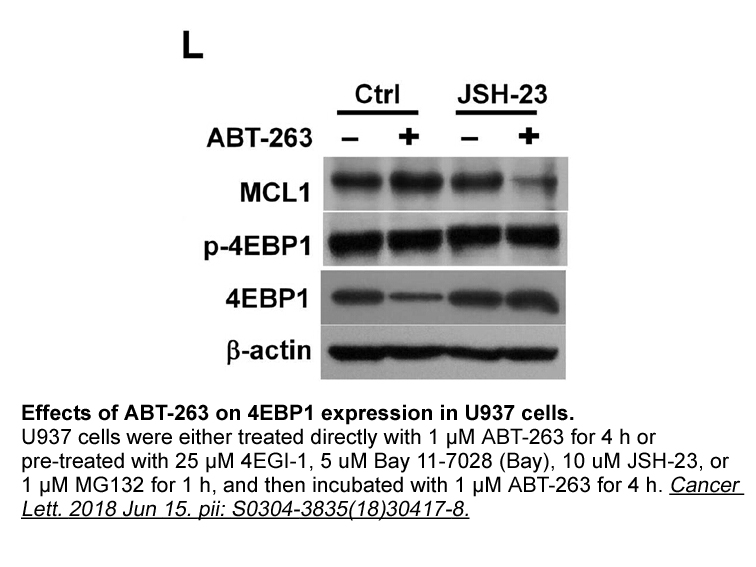
Materials and methods Results and discussions Conclusion Fermented camel milk with NS4 exhibited remarkable ACE-inhibitory activity, which revealed its potential application for the preparation of fermented camel milk beverage or fermented camel milk derived peptides in different foods or i
-
br Conclusions br Conflicts of interest
2024-02-23
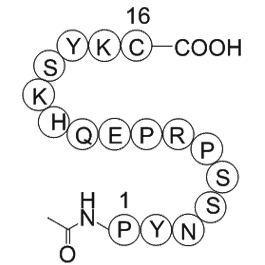
Conclusions Conflicts of interest Acknowledgements This work was supported by Ege University Research Fund [BAP, 14-ECZ-030, 2016]. Introduction The interest in the effects of endocrine disrupting chemicals (EDCs) in the aquatic environment continues to increase over the past decade, sp
-
Over the past decade extensive research
2024-02-23
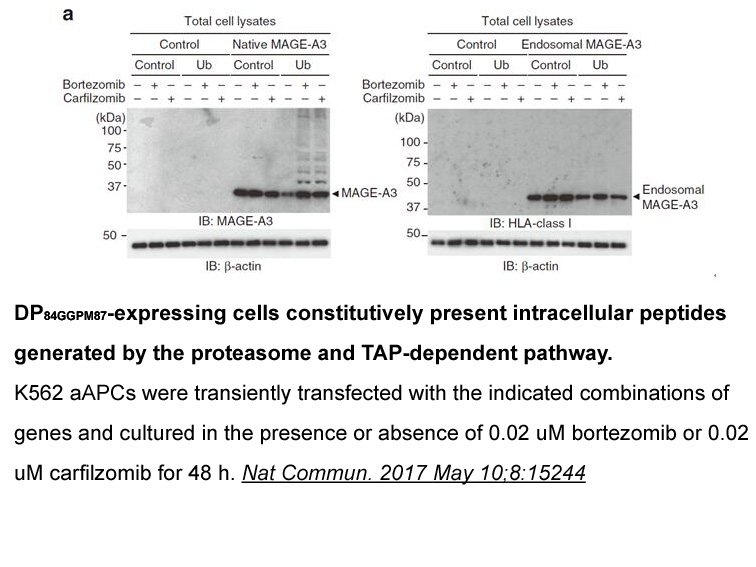
Over the past decade, extensive research has been directed toward the discovery of Aurora-selective small-molecule inhibitors. As a result, a handful of Aurora inhibitors has been identified. Among them, 1 (VX-680) and 2 (SNS-314) have entered human clinical trials as pan-Aurora kinase inhibitors (F
-
The putative residue apelin proprotein proapelin or apelin
2024-02-23

The putative 55-residue apelin proprotein (proapelin or apelin-55) is processed from a 77-residue preproprotein through removal of a 22-residue signal peptide (Table 1). Apelin-55 is further processed into bioactive isoforms of 36, 17, or 13 residues, likely through protease-mediated mechanisms. To
-
br Small molecule homoisoflavonoid in combination
2024-02-22
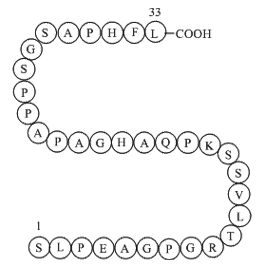
Small molecule homoisoflavonoid in combination with anti-VEGF therapy Basavarajappa et al. [11] reported a new synthetic homoisoflavonoid compound, SH-11037 by modifying the structure of naturally occurring homoisoflavonoid cremastranone. SH-11037 exhibited promising inhibition of human retinal m
-
The specific functions of ERs and AR underline their
2024-02-22
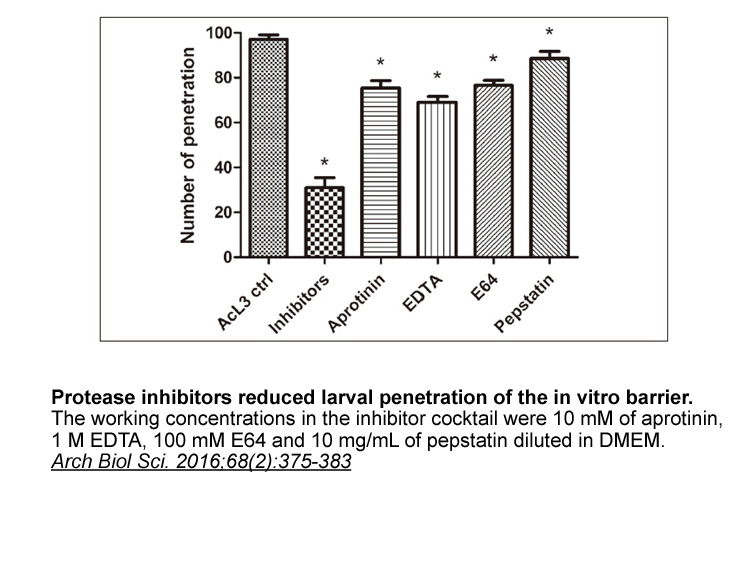
The specific functions of ERs and AR underline their crucial roles during different phases of spermatogenesis. Their deregulation could affect numerous downstream targets, thereby, disrupting spermatogenesis and male fertility. Various studies have shown that estrogen-like chemicals in the environme
-
In another study Yerra and
2024-02-22
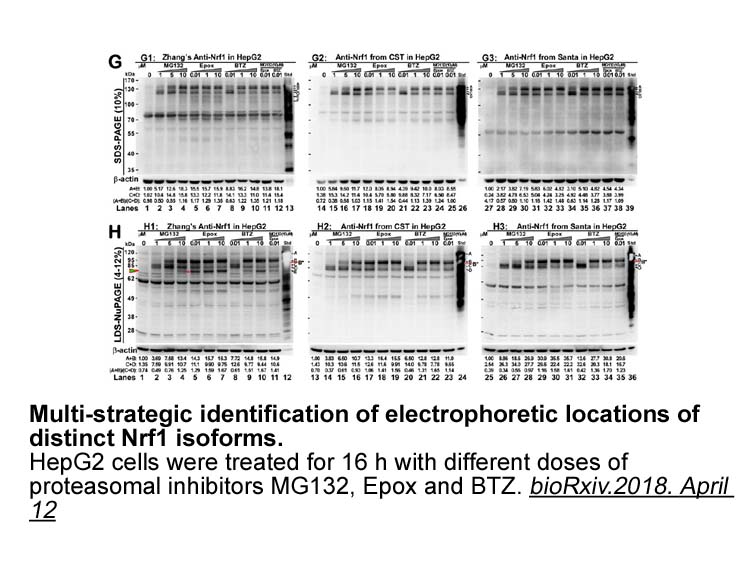
In another study, Yerra and Kumar (2016) used streptozotocin to induce diabetic neuropathy in rats. Mechanical/thermal hyperalgesia, motor/sensory nerve conduction velocities (MNCV and SNCV) and sciatic nerve blood flow (NBF) were evaluated. In vitro studies of Neuro2a (N2A) cell culture were perfor
-
Terbutaline Sulfate br Materials and methods br
2024-02-22
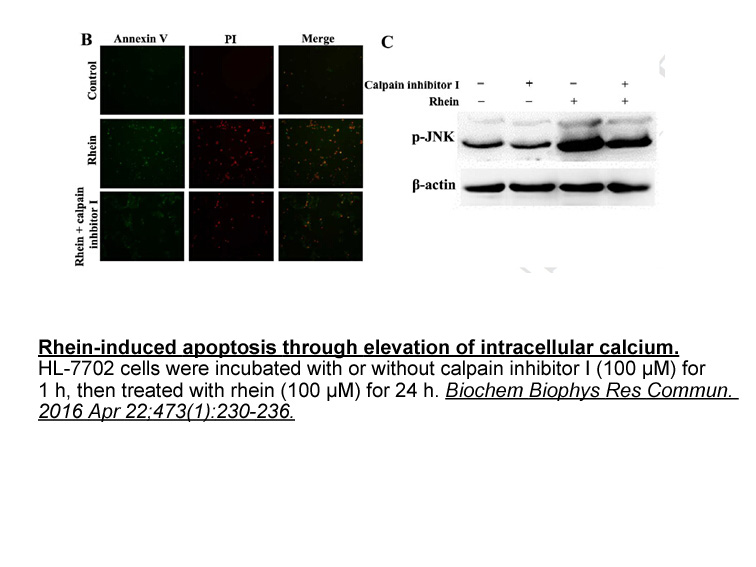
Materials and methods Results Table 1 presents the metabolic phenotype of obese minipigs. After 60 d of HFHS feeding, minipigs not only showed an increased body weight (+45%), but also a perturbed Terbutaline Sulfate homeostasis, with higher insulin levels (about +2-fold), HOMA-IR (+5.5-fold)
15840 records 191/1056 page Previous Next First page 上5页 191192193194195 下5页 Last page